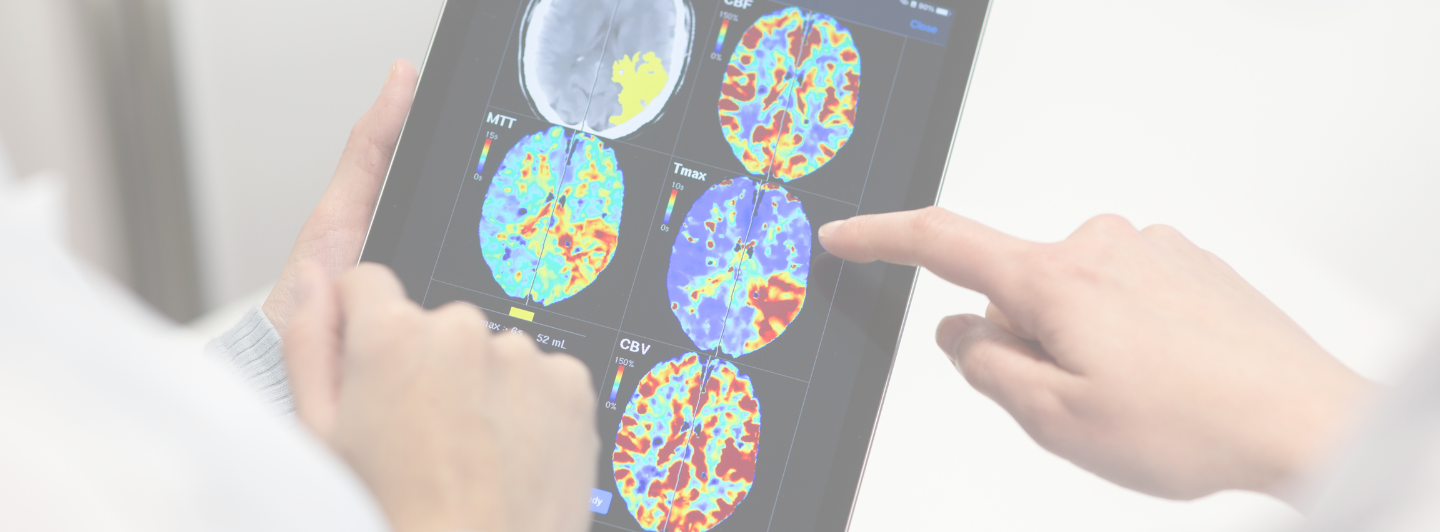The evolution of healthcare, particularly with the integration of advanced imaging technologies, heralds a new era in medical diagnostics and patient care. While these advancements have transformed the landscape of healthcare delivery in urban centers, remote and rural communities continue to grapple with access disparities. The disparity in healthcare access between densely populated urban areas and isolated rural locales is a glaring global concern, exacerbating health inequities and impacting patient outcomes adversely. This discourse ventures into the transformative potential of imaging technology in bridging the healthcare divide, spotlighting the innovations poised to make quality healthcare universally accessible.
Bridging Healthcare Gaps with Imaging Innovations
Advanced imaging technologies, such as mobile CT scanners, portable ultrasound machines, and innovative radiography solutions, hold the promise of revolutionizing healthcare delivery in underserved areas. These tools enable precise diagnoses of a broad spectrum of conditions—ranging from infectious diseases to acute injuries—thereby significantly enhancing patient management and care in settings where healthcare resources are scarce (Monteagudo, 2017). However, the deployment of sophisticated radiological services in remote regions faces formidable challenges, including infrastructural limitations, geographic isolation, and a shortage of skilled healthcare professionals (Davidson et al., 2023).
Catalyzing Change through Innovation
Addressing the urgent demand for durable, portable imaging devices tailored for low-resource environments is pivotal. These devices must withstand unstable power supplies and extreme environmental conditions, operable by medical staff with varied levels of training while ensuring the safety of all involved. The absence of solutions meeting these critical criteria underscores the necessity for a collaborative push to foster innovation and production (Maru et al., 2010).
The convergence of mobile technology with medical imaging emerges as a beacon of hope, suggesting a future where the remote transmission of imaging data for expert analysis could democratize access to essential diagnostic services (Granot, Ivorra, & Rubinsky, 2008). Similarly, tele-ultrasound systems, leveraging advanced imaging protocols, empower non-specialist healthcare workers to acquire diagnostic-quality images, which are then remotely evaluated by experts. This innovative approach exemplifies how telemedicine technologies can bridge the vast divide, ensuring even the most remote communities have access to critical diagnostic services (Ferrer et al., 2017).
Envisioning the Future of Healthcare in Remote Communities
The continuous evolution of imaging technologies presents a golden opportunity to redefine healthcare delivery standards across the globe. Focusing on creating accessible, resilient, and intuitive imaging systems that can navigate the challenges of limited-resource settings is essential. Equally critical is the training and empowerment of local healthcare workers, ensuring they can effectively leverage these technologies to enhance patient care.
In this landscape of technological advancement and aspiration, Nicolab stands at the vanguard with StrokeViewer, its flagship platform that epitomizes the power of advanced imaging and AI analytics. StrokeViewer is specifically designed to empower clinicians in remote and rural hospitals, granting them access to cutting-edge diagnostic capabilities and enabling seamless collaboration with comprehensive stroke centers. By optimizing workflow efficiency and ensuring rapid, accurate stroke diagnostics, Nicolab’s StrokeViewer plays a pivotal role in saving critical brain time and improving patient outcomes across geographical divides.
For those captivated by the transformative power of cloud-based and mobile technologies in stroke care, Nicolab invites you to experience the groundbreaking capabilities of StrokeViewer. Schedule a demo today and embark on a journey with us to ensure that advanced care knows no boundaries, reaching every patient in need, irrespective of their location.
Looking to the Horizon: The Nexus of Technology and Accessibility
As we contemplate the future of healthcare technology, particularly in the realm of advanced diagnostics, the question of accessibility becomes paramount. How do we ensure that the next wave of medical innovations benefits not only those in well-equipped urban hospitals but also reaches individuals in the most remote corners of the world?
Our upcoming article, “How Public-Private Partnerships Catalyze the Adoption of Healthcare Technologies in Underserved Areas” promises an in-depth exploration of collaborative efforts that are paving the way for equitable healthcare access.
Join us as we explore how strategic alliances between the public and private sectors are instrumental in bringing about a future where every community, no matter how isolated, has access to the best that healthcare technology has to offer.

